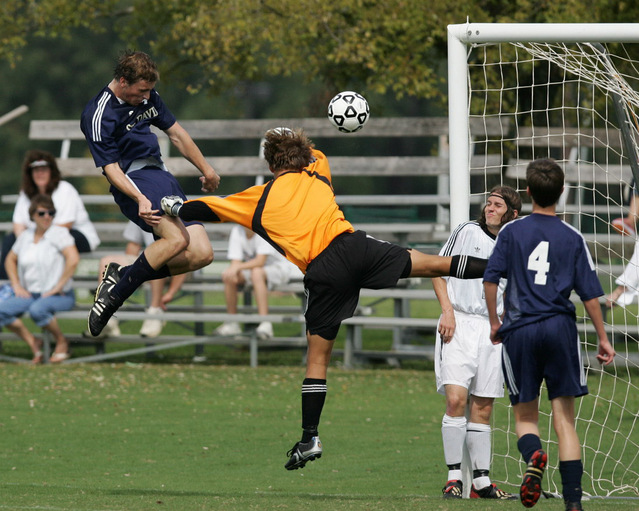GRIT. It has a great history of creating success. The pearl has a center of grit. Many things are smoothed and polished with grit. Courage contains a fair amount of grit. Getting through the challenges, expectations, and changes of all parts of our daily lives also requires grit. Effective students rely upon grit. In my mind, grit has four facets:
Goals
Resilience
Ingenuity
Time Management
In this article, I will discuss the Goals and Resilience parts of GRIT. The other two aspects (Ingenuity, Time Management) are discussed in a separate article.
Beginning with GOALS, all of our efforts (and studies) should be focused. There is a philosophy and approach to goals which I use when setting my mind upon any goal: being SMART. The goal must be Specific. Exactly what do I want to accomplish? I think about this in the short, medium, and long term. Sometimes I decide the goal has no long-term value, offering me the chance to change my mind or really question the “why” inside my goal. This is also the time for value setting. Students struggle with the specific parts of their goals as the goal of a “grade” is often too far off in the future.
The goal must be Measurable. Being “nice” is one of my core values – but it’s hard to measure. Instead, I can measure my kindness to others in putting the needs of others before my own. For students, a goal is often measured by time used, effort applied, or a grade.
Adults typically have the ability, means, and skills to make their goal Attainable. This is far from the case for a student. When the goal is too distant or there is insufficient time or skill, different or shorter goals need to be created so that the large goal is within their reach. This is where pre-viewing, scaffolded studies, worksheets, and multi-sensory materials can provide the student with the skills needed to reach the goal.
Know yourself and your environment. An effective goal is Realistic. I’m never going to be an athlete or tall, yet I can set goals to be the best “me” that I can be. Watching the Olympics always makes me more realistic about myself in that regard! Students need help in being realistic by not comparing themselves to others. This can be done by tracking their personal progress, speed, and accuracy. Students also need to determine their ability to resist distractions and other temptations which reduce study efforts.
Finally, a goal must be Time Based. Once again, if the goal is too far off in the distance, it is not within one’s ready reach. This is key for the student who works so hard and does not see progress. For stamina to grow and the student to work through challenges, the goal needs to be reached in the short term.
This takes us to the concept of RESILIENCE. More than ever, we need the ability to “bounce back,” adapt to tragedy, stress, and the unexpected. Resilience as a personal skill allows people to better manage stress, uncertainty, and anxiety.
The American Psychological Association lists the following ways to build resilience.
1. Make connections – ask for and accept help from others. This includes the teacher! Join with groups of students with similar interests and assignments.
2. Change how you see stressful events. Avoid seeing a “crisis” as insurmountable. A poor grade can be improved with GRIT and INGENUITY. Skills can be acquired through relationships with teachers and tutors as well as friends who can explain topics and show good strategies. One grade has an impact, yet improvement and growth are always possible.
3. Accept that change is a part of life. There are some things about ourselves we cannot change. Most students are not “excellent” in all topics. There are times that there is no “click” with a teacher. Certain learning challenges can be supported and new skills acquired, yet limitations may still be there – requiring GRIT and support.
4. Move steadily toward your SMART goals.
5. Take decisive actions. Make a SMART goal, list steps and always take action.
6. Look for opportunities for self-discovery. Explore your strengths and interests. Revel in them, always begin with them. A student knows his/her weaknesses – SMART goals in particular, and personal GRIT, can help the student strengthen these relative weaknesses.
7. Nurture a positive view of yourself. Students with learning challenges can have difficulties with this. So much of their day is spent in an area in which they lack the skill, speed, or insights to succeed or compete with those around them. The value of extracurricular activities and personal passions must be made clear. Students can often bring their knowledge and skills from their passions into the classroom and solidify a role within the academic community in turn. The same is true for the siblings in a family; each person has their own strengths, talents, interests, and “role.”
8. Keep things in perspective. This can be very difficult during the academic year. Students often cannot see the long-term goal, nor a life outside of academe. Any time a new skill, bit of knowledge, or topic can be tied to real life – the practical application – there is a perspective. The end of a semester can help set perspective or give the chance for a “new start.” Many students benefit from focusing upon applications when learning – rather than rote drill/memory.
9. Be hopeful. Optimism can be hard to muster in the face of daily academic challenges. Yet growth is always possible. A positive look upon the small steps toward a goal and new skills can foster hope – as opposed to a focus upon errors.
10. Take care of yourself. Balance studies with fun, friends, and taking care of the body. Reducing screen time and replacing it with “being” with others can help with resilience.


